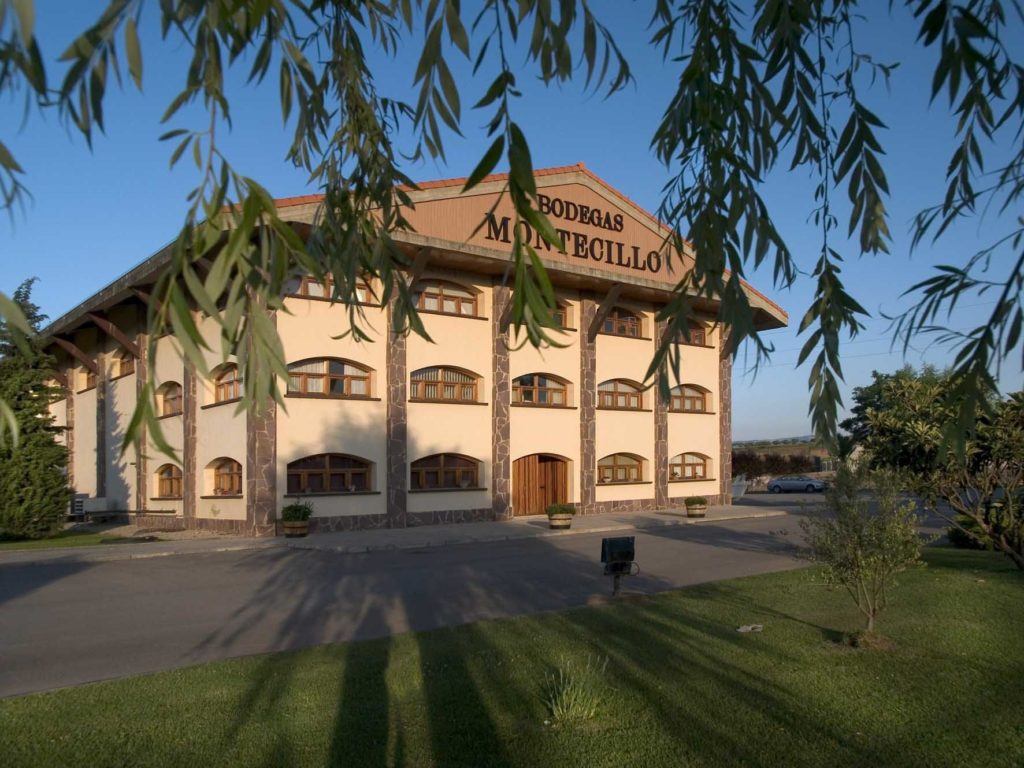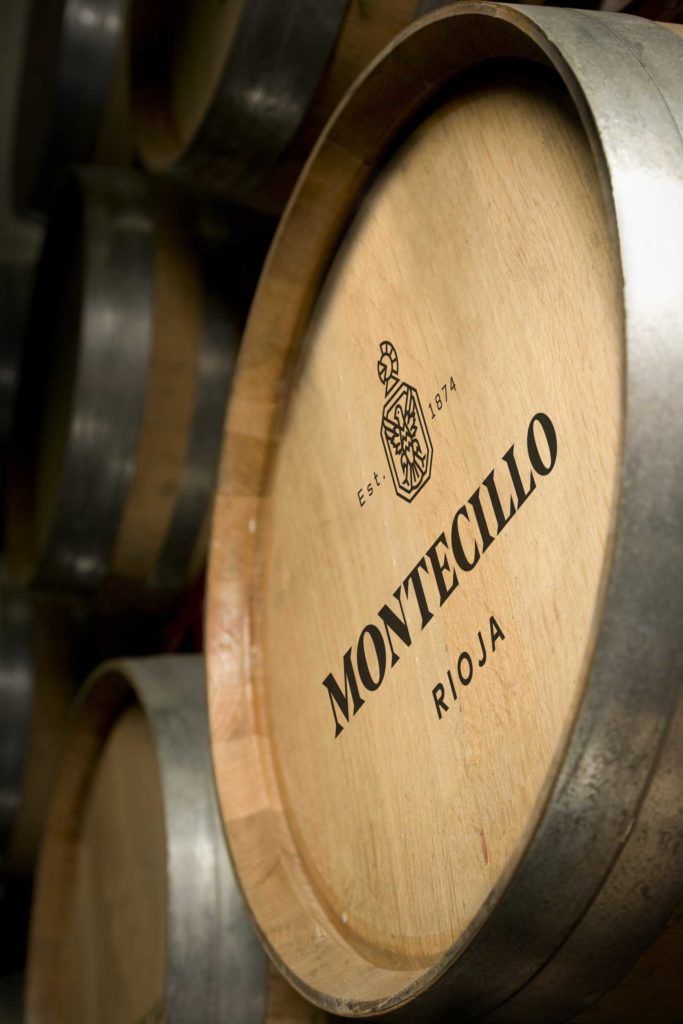Today we are going to dedicate this blog to practical, useful ends, and help you sort out your plans for your next weekend away, or at least, add an enjoyable activity to your holidays: a visit to a winery.
First of all, you just have to search on Google to find out there are numerous travel agent sites that specialise in wine tourism that for a certain price can offer you a very interesting package of visits to wineries, restaurants and accommodation.
But if you are a DIY (Do It Yourself) lover, we are going to give you some recommendations to organize your own wine trip.
Obviously, the first thing is to select the winery.
The second thing that seems fundamental, but that not everyone thinks of, is to look at the opening times, and here there is great diversity.
Not all the wineries, due to their size or philosophy, are open to visitors, not all of them open over weekends or on certain holidays and then, there are, of course, those that are open to visitors with full availability.
This is very important, as visitors should be aware that they are visiting someone’s place of work and therefore they should show the utmost respect, for example, cancelling the visit with sufficient warning or advising of any issues, delays or special circumstances.
Here we do request maximum sensitivity.

Having said this, the first thing we suggest is to book your visit well in advance, we know that in many places you can just show up, but we guarantee that you will have a better experience if you book ahead of the date.
This is why all winery websites have forms to fill in, or a contact email or telephone number that are dedicated to this purpose.
Once you have made your reservation then all you need to do is show up at the given time and enjoy yourself, but…what does a winery visit consist of?
Of course, every winery is different, but visits tend to have three separate stages, maybe some wineries skip one or two of these steps but they normally cover the following.
1st – Visit to the vineyard: this won’t happen in wineries that don’t own their own vines or in cases where the vineyards are far way from the production area (Sherry or Port), but normally, once the initial presentation is out the way, what the winery owner or professional guiding the visit will do is show you where the wines come from, the soils, the vines and their fruits, watering, landscape…this is where we can capture the «terroir» of the winery.
2nd – Visit to the winemaking area: we move from «outdoors» to «indoors» and after being in contact with nature it is time to tell the story of how this natural resource is transformed into wine. Depending how extensive the visit is, it will cover technical terms such as the equipment used for selection, pressing or storage, or they will hurry over this to focus on one of the jewels of the crown, which is seeing where they store the barrels and the wine rests before being converted into Crianza, Reserva or Gran Reserva.
3rd – Tasting: Without doubt, the most fun and interactive part, it is time to taste the wines that are made there, as before, this will depend on the visitor or the price of the tasting itself (as usually the price of the visit is relative to what is tasted). But it will be possible to taste a certain number of wines, giving us a full experience of the winery.

Having said this, the outlined visit is just the common standard as visiting a winery can contain a number of truly unexpected activities.
Napa Valley (California) is the top in world terms, a vineyard area that attracts more visitors than Disneyworld, making it the top tourist attraction in the USA.
Imagine that.
It’s the reference point but many regions, including the DOCa Rioja, now offer all kinds of experiences, from spas (with wine baths), gastronomic cuisine, different routes through the vineyards (bike, Segway, on horseback…etc.) even airborne (hot air balloon or aeroplane.)
Lastly, and even more optional, being entirely up to you, is being able to buy products in the shop area. Don’t be surprised if the wines are priced the same as in the shops, this sometimes occurs as the winery maintains the same RRP out of respect for their distributors, not wanting to compete with them.
In others you may see them for a cheaper price.
We suggest that you take advantage of the visit to get access to vintages that are no longer on sale, as before, not all wineries will sell them, for various reasons, but some will.
And it is worth a try.
Responsible: GRUPO OSBORNE S.A.
Purpose: Attention of consultations and sending information.
Rights and additional information: You can exercise your rights regarding the processing of data and obtain additional information in the privacy policy of our website.
